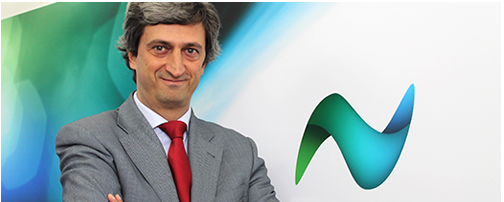The current fast changing context of power systems presents multiple challenges for grid planning studies. The need for flexibility in the system needs to be addressed through flexibility solutions. Although there is no unified and agreed definition for the term 'flexibility' in power systems, one common definition by IEA is [1]: "the ability of a power system to reliably and cost effectively manage the variability and uncertainty of demand and supply across all relevant timescales, from ensuring instantaneous stability of the power system to supporting long-term security of supply".
Flexibility resources can be used to provide the required flexibility services for a reliable and secure operation of the power system. In the last edition of our newsletter, we dedicated a section to the identification of energy storage systems (ESS) which are examples of flexibility resources. Herein we further identify additional flexibility resources and provide a tentative characterization of those, focusing on the envisaged application and providing some tentative cost characterization.
In grid planning studies, one needs to take into consideration the power and energy capacities. From a grid planning perspective, power capacity relates to the ability of meeting peak demand with the net generation, allowing not to oversize the network to answer to peak demands and support the fluctuations in RES generation and demand variation. On the other hand, energy capacity is related to the duration in which the resource can provide a flexibility service at the desired power rate. Table 1 includes a description of different flexibility resources and an expected range of power and energy capacities. Flexibility solutions for fast transient phenomena, with a large power capacity but low energy capacity (less than one hour) are not considered.

The deployment of these solutions is related to their economic viability assessment as they all present valid technical solutions, depending on the grid size and foreseen application. To give a general overview of the cost structure for these technologies, Table 2 contains the CAPEX and OPEX costs for the different technologies considering two time horizons: 2021, and 2050. Values are calculated assuming a discount rate of 6% per year [8].

As can be seen, significant price reductions are expected over the next years, indicating the need for new flexibility resources, enabling new flexibility services, and bringing technologies that are currently not economic viable to the market. Depending on the grid characteristics and operation conditions (e.g. share of renewables), a different set of these flexibility resources can be combined to achieve the best technical solution. Grid planning studies should also consider these resources as part of the grid expansion process, depending on the needs. A thorough analysis is performed in the scope of FlexPlan project, available in [9].
[1] 21CPP and IEA, "Status of Power System Transformation 2019: Power system flexibility," IEA, 29 May, 2019.
[2] "Electricity Storage and Renewables: Costs and Markets to 2030," International Renewable Energy Agency (IRENA), Abu Dhabi, 2017.
[3] COWI, "Impact assessment study on downstream flexibility, price flexibility, demand response & smart metering - Final report," EUROPEAN COMMISSION DG ENERGY, Brussels, 2016.
[4] IEA, "The future of Hydrogen - Seizing today's opportunities," 2019.
[5] R. Baetens, "FutureFlow Deliverable 1.1 Requirements for DR & DG participation in aFRR Markets," 2016.
[6] M. Bhandari, E. Chartan, E. Hale, B. Hedman, R. Heffner, B. A. Hamilton, P. Lemar, S. Nimbalkar, M. Ruth, B. Stoll, J. Storey, R. Tidball and C. Wagstaff, "Modeling the Impact of Flexible CHP on California's Future Electric Grid," US Department of Energy, 2018.
[7] "Highview Power," Highview Power, [Online]. Available: https://www.highviewpower.com/technology/
[8] "The social discount rate," Government.no, 2012. [Online]. Available: https://www.regjeringen.no/en/dokumenter/nou-2012-16/id700821/sec6
[9] "FlexPlan Project - D2.2", FlexPlan. [Online]. Available: https://flexplan-project.eu/wp-content/uploads/2020/06/D2.2_20200622_V1.0.pdf









